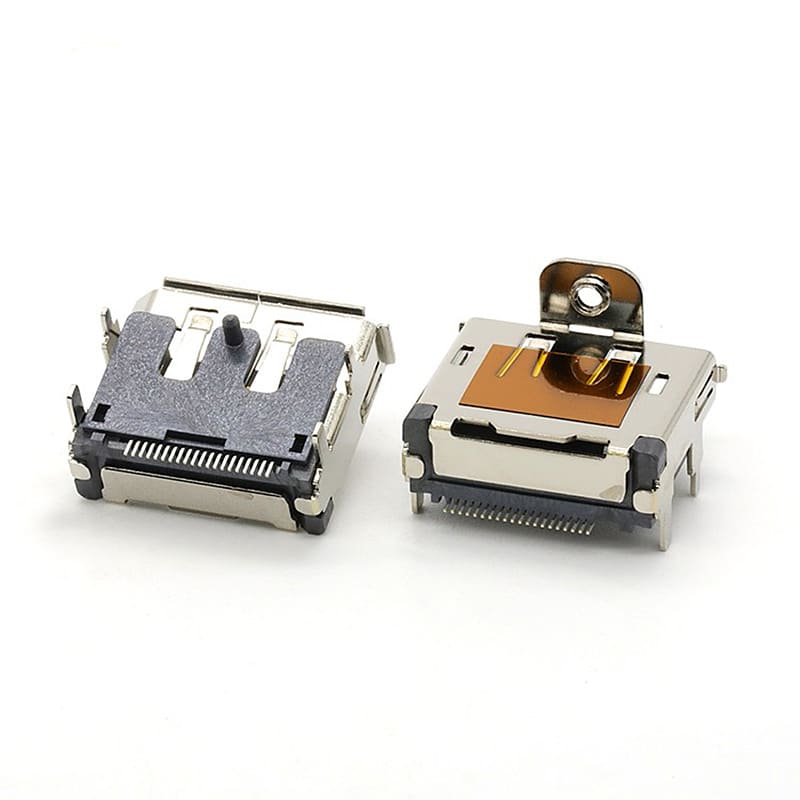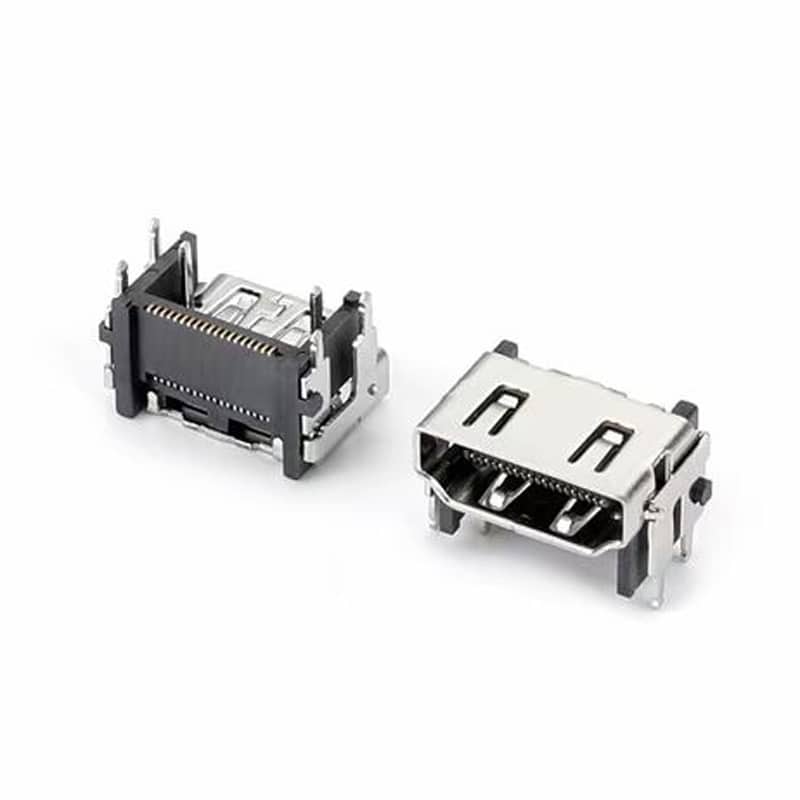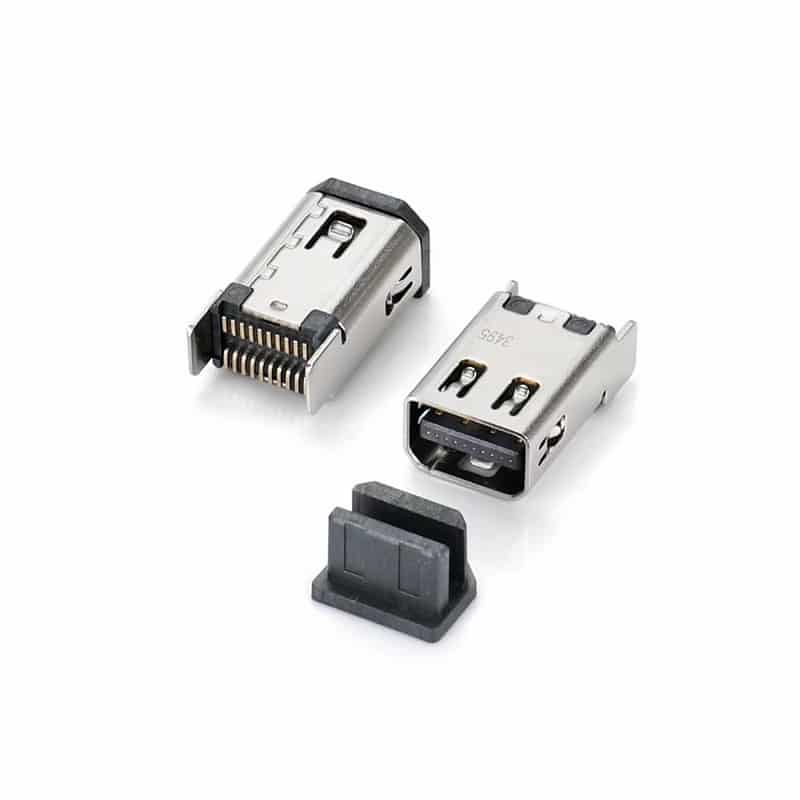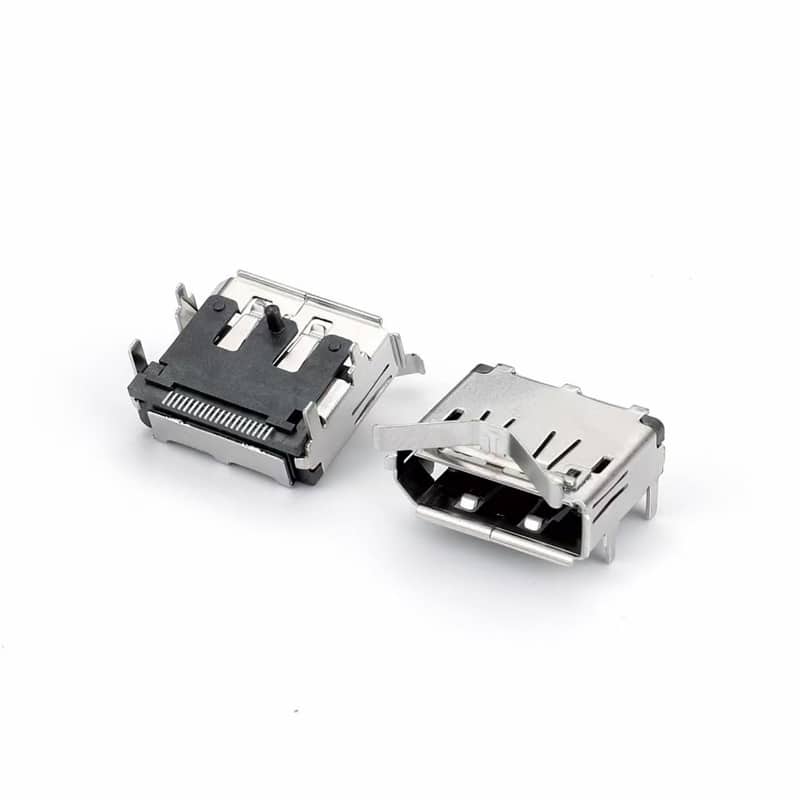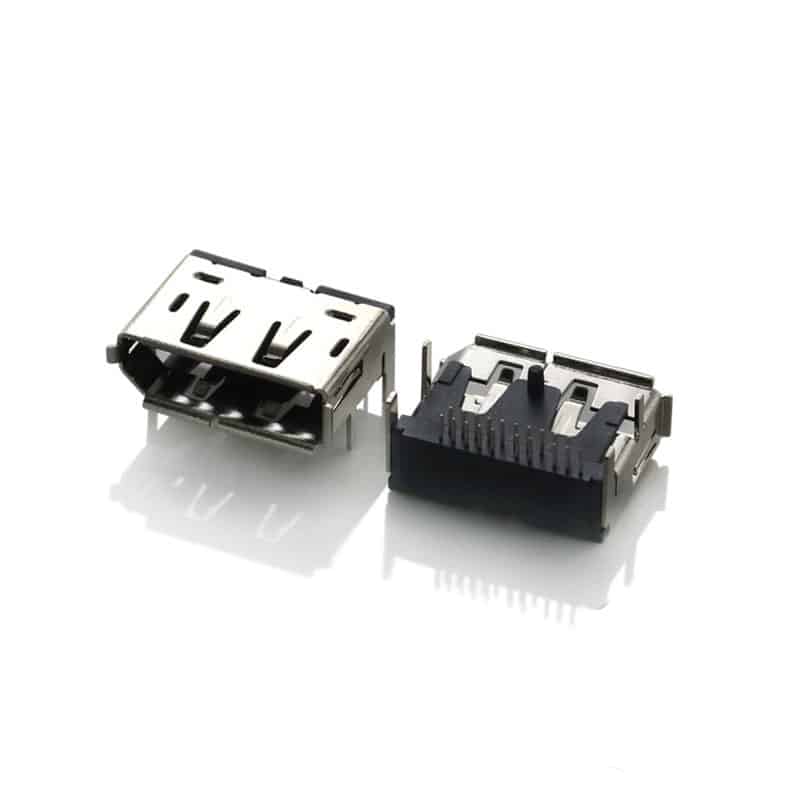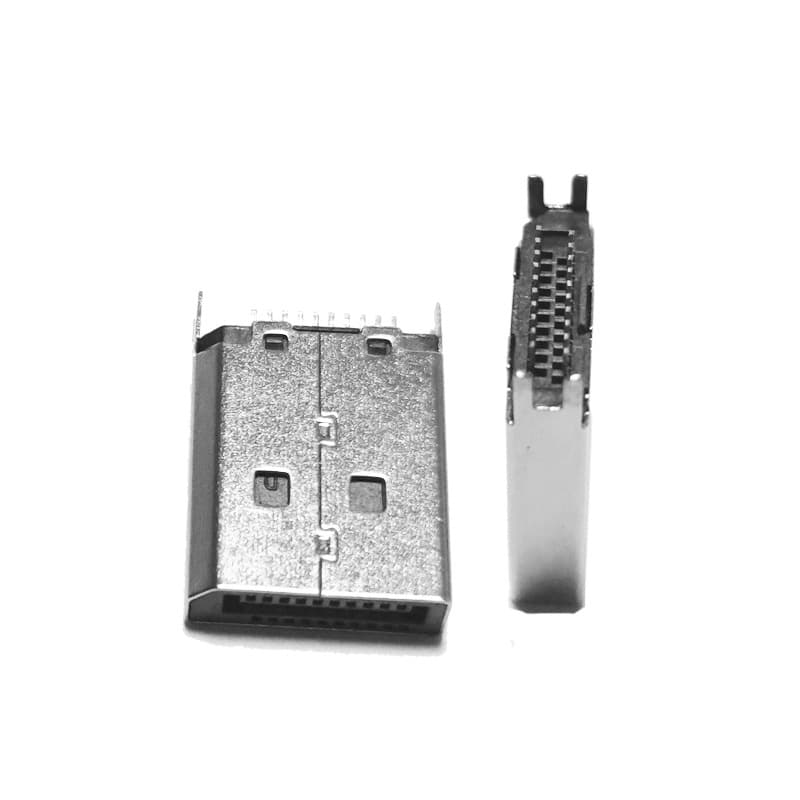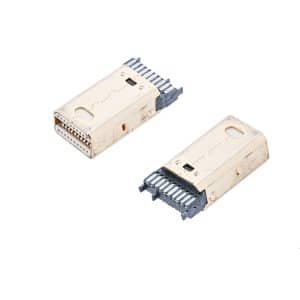The DisplayPort interface plays a crucial role in VR/AR devices due to its high bandwidth and low latency, directly impacting the clarity, smoothness, and immersive nature of the visual experience. Below are some application cases and the underlying technical principles.
For a quick overview, here is a table summarizing some major devices:
| Device Name | Type | Primary DisplayPort Application Method | Core Display Characteristics | Primary Application Scenarios |
| HTC VIVE Focus Vision | VR | Native DisplayPort Mode (requires adapter for direct connection to PC GPU) | 5K per eye, 120Hz (120Hz support in DP mode by end of 2024) | High-end PCVR Gaming, Enterprise Training, Location-Based Entertainment (LBE) |
| Valve Index | VR | Connected via DisplayPort 1.4 interface | Up to 144Hz Refresh Rate | High-performance PCVR Gaming |
| Microsoft HoloLens 2 | AR | Developer Edition outputs 3D content via USB-C DP Alt Mode | – | Enterprise AR Applications, Development |
| Nreal Air | AR | Connects to supported devices via USB-C DP Alt Mode | Equivalent 201-inch AR screen, 49 PPD | Consumer AR Media Viewing, Mobile Office, Lightweight AR Apps |
| Huawei Vision Glass | AR | Connects to supported devices via USB-C DP Alt Mode | Equivalent 120-inch virtual screen at 4 meters | Immersive Media Viewing |
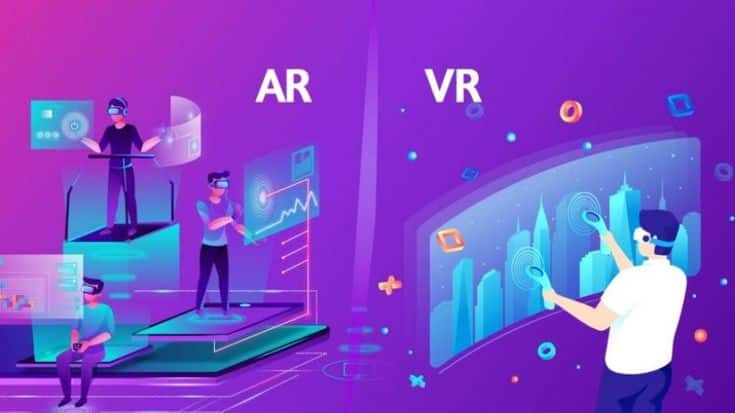
How DisplayPort Enhances VR/AR Experiences
DisplayPort is crucial in VR/AR devices, primarily demonstrated in the following aspects:
- High Bandwidth for High Resolution & Refresh Rate: To avoid motion sickness and the “screen-door effect,” VR/AR requires high resolution and high refresh rates, both of which demand high bandwidth. DisplayPort 2.0’s ultra-high bandwidth of 77.37 Gbps can support dual-eye 5K or even higher resolutions along with high refresh rates of 120Hz or 144Hz.
- Low Latency for Real-time Interaction: VR/AR strives for synchronization between the virtual and real world, making low latency critical. DisplayPort is designed for low-latency data transmission, reducing the delay between head movement and the displayed image (motion-to-photon latency), which is vital for preventing nausea and ensuring immersion.
- Compression for Efficiency: Display Stream Compression (DSC) visual lossless compression technology significantly reduces the required transmission bandwidth with virtually no perceptible loss in image quality, enabling the transmission of ultra-high-resolution content over a single cable.
- Multi-function Integration via USB-C: The USB-C DP Alt Mode allows the transmission of native DisplayPort audio/video signals through a USB-C interface. A single cable can handle video, audio, data, and power simultaneously, simplifying connectivity for AR glasses and slim devices.
Industry Applications and Future Outlook
The high-performance characteristics of DisplayPort make it widely used not only in consumer fields but also in professional and enterprise-grade VR/AR applications:
- Enterprise Training & Simulation: Used for high-precision simulation training in manufacturing, medical, defense, and other fields.
- Medical Visualization: For instance, 4K medical endoscopy imaging systems rely on DisplayPort to transmit high-resolution surgical imagery.
- Design Collaboration & Virtual Prototyping: Industries like automotive and architecture use high-resolution VR for 2D/3D design reviews and virtual prototyping.
- Location-Based Entertainment (LBE): For example, “metaverse rendering workstations” utilizing DP 2.0 to drive multiple 8K VR headsets for high-end experience centers or theme parks. The HTC VIVE Focus Vision also supports multi-user setups, suitable for location-based VR gaming and multi-user training scenarios.
DisplayPort technology, especially the latest DP 2.1 standard, continues to evolve. With added features like Panel Replay, it further optimizes power consumption for mobile devices, meeting the future demands of VR/AR equipment for higher resolutions and lighter, more wireless form factors.

